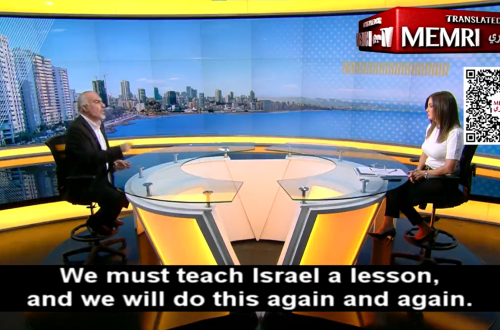
A guest post by Malachi.
On 7 May 1945 Germany formally surrendered to the allied forces bringing to a close the European theatre of the Second World War. Twenty-two years later, on 7th June 1967, Israeli paratroopers led by the then Commander Mordachai ‘Motta’ Gur, later to become IDF Chief of Staff, gained control of the Western Wall and the Temple Mount, in Jerusalem from the Jordanians in what became known as the Six Day War.
At least as a matter of self perception for most Jews a people in less than half a lifetime had gone from near extinction, the victims of industrial genocide, to possessing one of the most daring and audacious armies in the world, able to realise the return to Zion, a two thousand year old yearning of an oppressed and scattered people. In the circumstances perhaps it would have been surprising if there hadn’t been a little exuberance.
Motta Gur’s announcement of control of the Temple Mount, ‘Har Habayit BeYadeinu – The Temple Mount is in our hands’ along with the picture (above) of the paratroopers by the Western Wall became the icons of the Six Day War.
Yet forty one years later actually the Temple Mount, the site of the Al Aqsa Mosque and the Dome of the Rock, Islam’s third holiest site, remains in the hands of a Waqf (a Muslim trust) to whom Israel ceded control and Jews remain forbidden by mainstream orthodox rabbinical authorities from entering the Temple Mount for fear of entering the Holy of Holies – a site reserved for the High Priest or Cohen Gadol. Beyond that there remains perhaps a fear of the potency of the site. However rabbinical attitude may be changing, with a more nationalist approach in certain quarters and with increasing concern that such passivity about the role of the Waqf has led allegedly to damage to the site through works and excavations under its supervision.
Some years ago I heard Rabbi Mordechai Elon, then the head of Yeshivat Hakotel, which overlooks the Western Wall, make an interesting observation. Perhaps there was a second possibly unintended meaning to Motta Gur’s words; may be he had been used as the means to deliver a message. G-d had given back to the Jews the land of Israel but left them the last 50 yards or so to do themselves – the Temple Mount’s future is in our hands.
This operates on a number of different levels. On the spiritual level the question can be rephrased – when will the Jews deserve the arrival of the Moshiach or Messiah, heralding the building of the Third Temple? This can be understood as an ethical and moral challenge. On the political level how can one reconcile Jewish religious, and historical attachments to Jerusalem and the Temple Mount with the demands of the peace process and Palestinian nationalist and Muslim religious aspirations? This remains one of the most explosive and intractable issues bedevilling the peace process, such as it currently is and of course as is often the case in the Middle East its not necessarily possible to disentangle the religious from the political. Finally the future of the Temple Mount begs the question – what kind of future do Israeli Jews aspire to? Do these religio-nationalist impulses pose a challenge for those who wish to build a normalised liberal society or can they be synthesised?
Haredim (strictly orthodox Jews) have until now by and large taken a passive and pragmatic attitude to the issue of Jerusalem. Interestingly there are signs that Haredi opinion is now converging with much of Dati Leumi (religious nationalist) opinion around the refusal to countenance compromise on the issue of control of Jerusalem. At a time when the more nationalist element of religious Zionism has been thrown into crisis, following withdrawal of the settlers from the Gaza strip (begun on the day after Tisha B’Av 2006) there may be a new impetus for many around this issue.
Today is the fast of Tisha B’Av, postponed from yesterday to avoid the sabbath – Tisha B’Av (the ninth of Av) is the date of the destruction of both the First Temple by the Babylonians and the Second Temple by the Romans.


